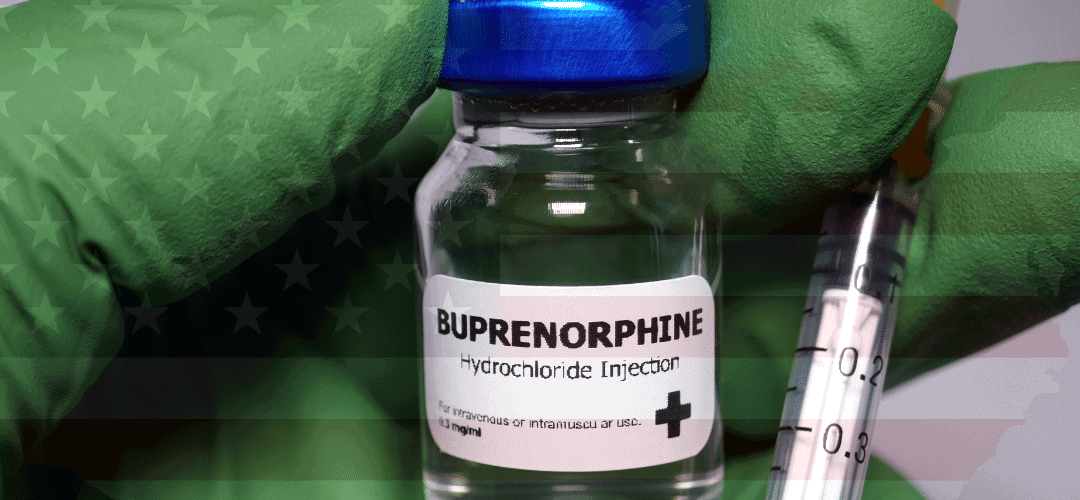In April 2021, the Biden administration announced that it would relax regulations surrounding the prescription of buprenorphine, the most effective medicine for opioid addiction.
Currently, doctors and nurses need to take part in separate training and apply for a waiver before they can prescribe it. However, the new regulations mean that almost any prescriber can treat patients using the drug.
For many doctors and medical scientists, these changes have been a long time coming. Buprenorphine is a type of opioid drug that can be addictive (though the risk is low) and produce mild euphorias and highs. For this reason, its use as a treatment has previously been surrounded by skepticism and strict regulation.
However, consistent scientific research has shown it to have unique pharmacological properties that make it a safe and effective treatment for addiction. Buprenorphine binds to the same receptors as other opioids like heroin or morphine, blocking their effects. It also has a ceiling effect whereby increasing the amount you take has no further impact after a certain dosage.
According to SAMSHA, the medical benefits of using buprenorphine in addiction treatment include:
- Reducing the effects of physical dependence on opioids, such as withdrawal symptoms and cravings
- Increasing safety in cases of overdose
- Lowering the potential for misuse
Like all medical treatments for addiction, rehabilitation centers should offer buprenorphine as part of a wider treatment program. Overcoming addiction involves identifying and changing the underlying causes of addictive behavior, and without this, addictive behaviors can potentially resurface at a later point in life.
Drugs like buprenorphine take away some of the distractions and physical difficulties of early recovery so that patients can focus on their treatment program, which typically includes a mix of behavioral therapies, group therapies, and support meetings. They are proven to help people stay longer in treatment, use fewer illicit opioids, and experience reduced cravings.
Buprenorphine may also be offered on a longer-term basis as an opioid substitute to reduce the possibility of relapse further on in the recovery process.
The Opioid Crisis in the United States
So, why could the new regulations be so important? The United States is currently in the grip of a national crisis of opioid addiction. In the 1990s, pharmaceutical companies persuaded healthcare providers that opioids were a safe and effective treatment for chronic pain and other conditions. Prescriptions of opioids rose dramatically, and millions of people across the country began to take opioids.
In reality, opioids are highly addictive, and today the nation is suffering the consequences of these trends. According to the National Institute on Drug Abuse, in 2019, the economic cost of prescription opioid misuse alone in the United States was $78.5 billion, including healthcare, lost productivity, addiction treatment, and criminal justice. The same year, almost 50,000 people died from an opioid overdose.
Consequently, providing effective treatments for opioid addiction is one of medical science’s most important tasks – one that has the potential to save thousands of lives every year. Relaxing buprenorphine regulations so more people can benefit from the treatment could be an important step in overcoming the crisis.
What Effect Will the Change in Buprenorphine Regulations Have?
The changes in buprenorphine regulations will allow doctors to prescribe the drug like any other medicine. Many doctors hope this will provide more contact points for receiving the drug so that more people have access to medically-assisted treatment.
Relaxing the regulations may also help to combat the stigma that still surrounds the prescription of buprenorphine. For years, certain sections of the medical community viewed buprenorphine treatment as simply replacing one addictive drug with another, despite growing evidence of its effectiveness as an addiction treatment.
Advocates for expanded buprenorphine use hope these relaxed regulations will make the medical community and patients more comfortable with the prescription of buprenorphine. They hope that increased access will mean more people can recover from opioid addiction – with potentially life-saving consequences.


